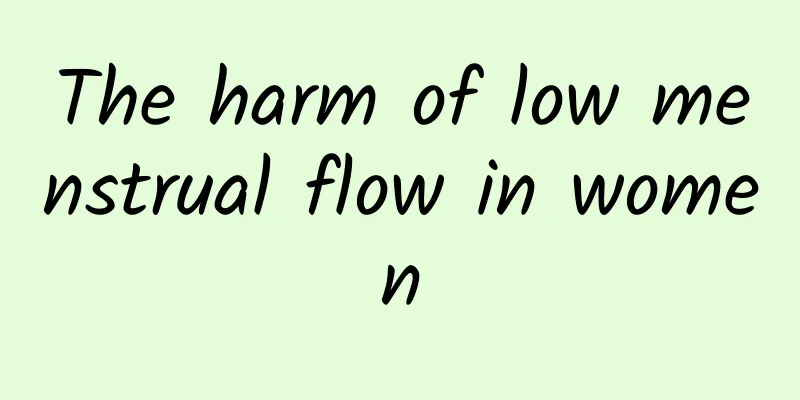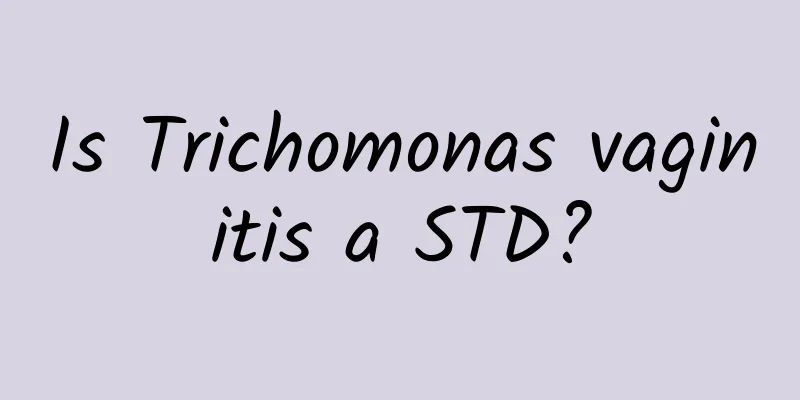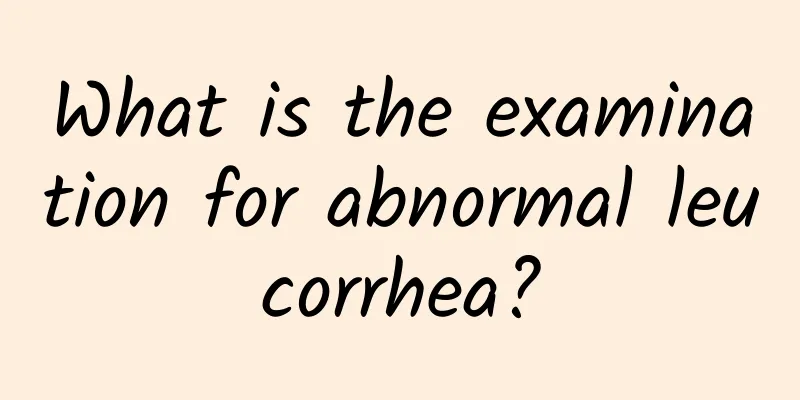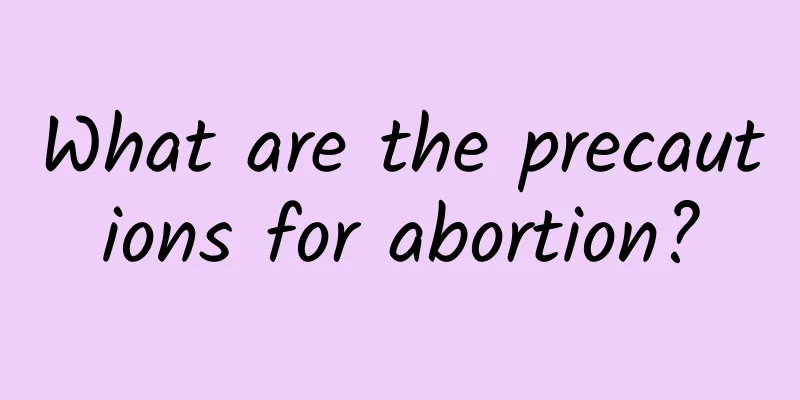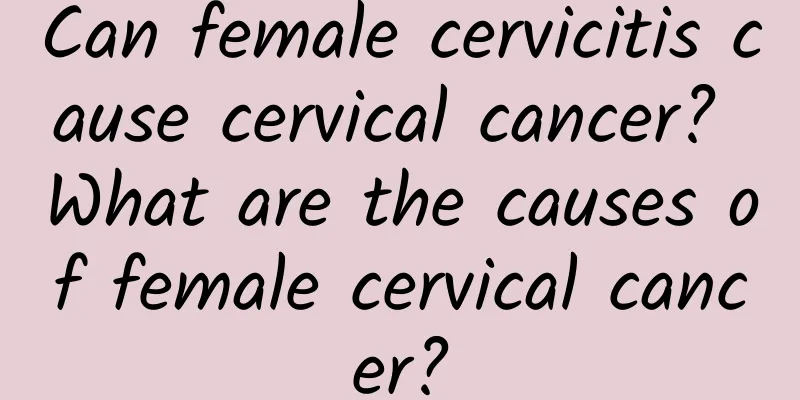What are the hazards of ovarian cysts and what are the types
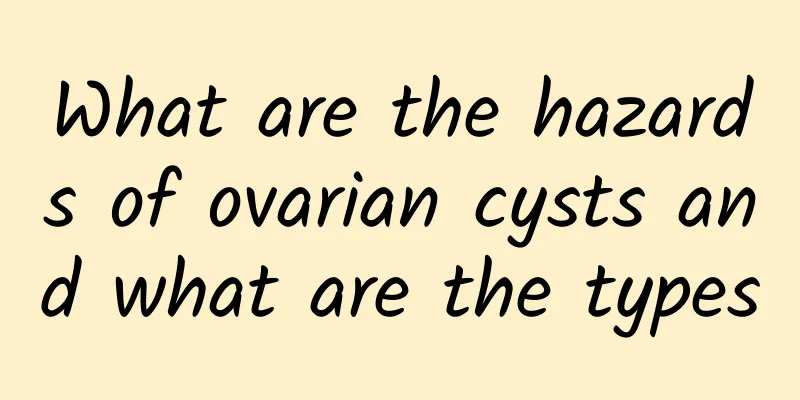
|
What are the dangers of ovarian cysts? What are the types? 1. Leading to infertility. Once the ovarian cyst becomes larger or degenerates, it is possible that sperm, eggs or fertilized eggs cannot work normally, thus affecting fertility and leading to infertility. The ovaries are where the eggs develop, mature and are discharged. The follicles are at different stages of the ovarian cortex. If the ovaries are damaged, the development, maturation and discharge of the eggs are impaired, which will lead to infertility. 2. Causes edema, affecting life. In addition to loss of appetite, weight loss and local swelling, patients with ovarian cysts may also suffer from vomiting, fever and abdominal pain; in the later stages, it may even lead to edema in the abdomen and limbs. 3. Canceration threatens life. The increase of ovarian cysts can easily lead to infection, distortion, bleeding or rupture, which can threaten the patient's life. Some tumor cysts can even become cancerous. Different types: 1. Endometritis cysts This type of cyst contains coagulated blood clots and is chocolate-colored, so it is commonly known as chocolate cysts. This type of cyst is more common in patients with endometriosis and is considered a serious case. Over time, the cyst will cause abdominal pain and cramps during menstruation and abdominal pain during intercourse. Once appendicitis, i.e., an ulcer in the cecum, bursts, surgery must be performed quickly. Cases of endometritis cyst cancer are very rare. 2. Functional cysts This type of cyst is common in women of reproductive age. Ovarian follicles cannot mature and transform into cysts, but this type of cyst usually disappears when menstruation comes. It is very important to have it during or just after menstruation. Women in menopause or after menopause will not have functional cysts. 3. Mucous cyst: This type of cyst contains sticky fluid and may also become cancerous. 4. Dermoid cysts are usually benign. They often contain fatty fluid, such as hair, teeth, and bones. They are usually small and have no symptoms. But if the cyst becomes larger, it may cause complications. 5. Serous cyst: This type of cyst contains pus and may become cancerous. |
<<: What is the reason for endometrial shedding during non-menstrual period?
>>: Is microtubule painless abortion good?
Recommend
What are the symptoms of mild cervical erosion? Check out the three major symptoms of mild cervical erosion
Because cervical erosion can cause infertility, w...
What tests should be done to treat congenital absence of vagina
Congenital absence of vagina is a serious problem...
Recognize the "clues" of ovarian cysts
Yuanyuan's company has been promoting a "...
Eat egg yolks with confidence to lose weight and lower cholesterol! How many can you eat a day? The answer from Dr. Weight Loss is…
Many people probably have a concept: the choleste...
Analyze the symptoms of severe chronic cervicitis for you
As the incidence of chronic cervicitis increases ...
Treatment of chronic pelvic peritonitis
Pelvic peritonitis is a common and serious surgic...
What medicine should Gongyanping be used with to treat uterine fibroids? How does Gongyanping dripping pill treat uterine fibroids?
What medicine should Gongyanping be used with to ...
What are the precautions for habitual miscarriage?
Things that need to be paid attention to in case ...
A brief analysis of the causes of cervical erosion
There are many reasons for cervical erosion, and ...
After sleeve gastrectomy, you may gain weight again. The key to successful weight loss is…
Obesity is the root of all diseases, but when the...
What are the serious consequences of endometrial tuberculosis?
The endometrium plays a very important role in wo...
What are the symptoms of uterine fibroids on the face? What are the symptoms of uterine fibroids on the face?
What are the symptoms of uterine fibroids on the ...
Patients with irregular menstruation should be examined in time
In recent years, irregular menstruation has long ...
Don’t let cancer prevention take a break while preventing the epidemic! Colorectal cancer screening drops sharply; delayed diagnosis may increase risk of death
During the epidemic, many patients choose not to ...
Say goodbye to obesity from now on! Do the right 7-week diet plan to help you lose weight for the last time in your life
Week 1: Detox Week 1. Diet: Eat at least 5 kinds ...


